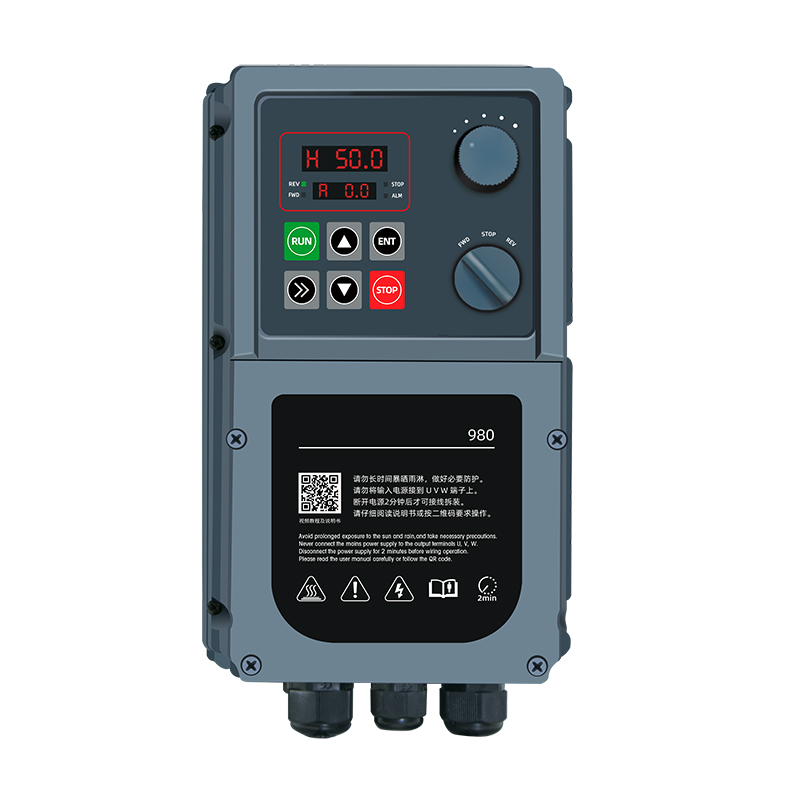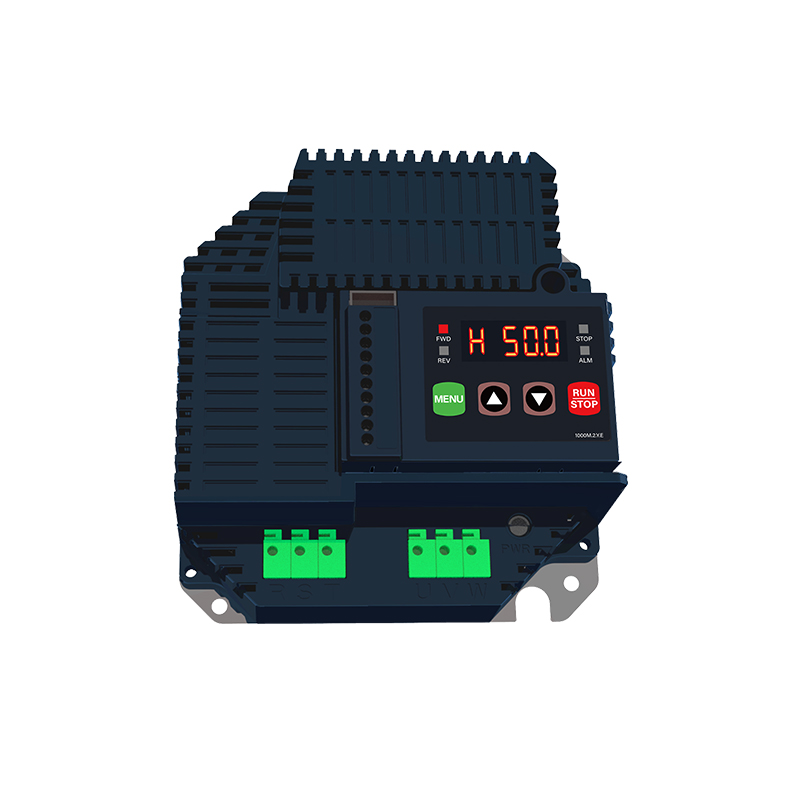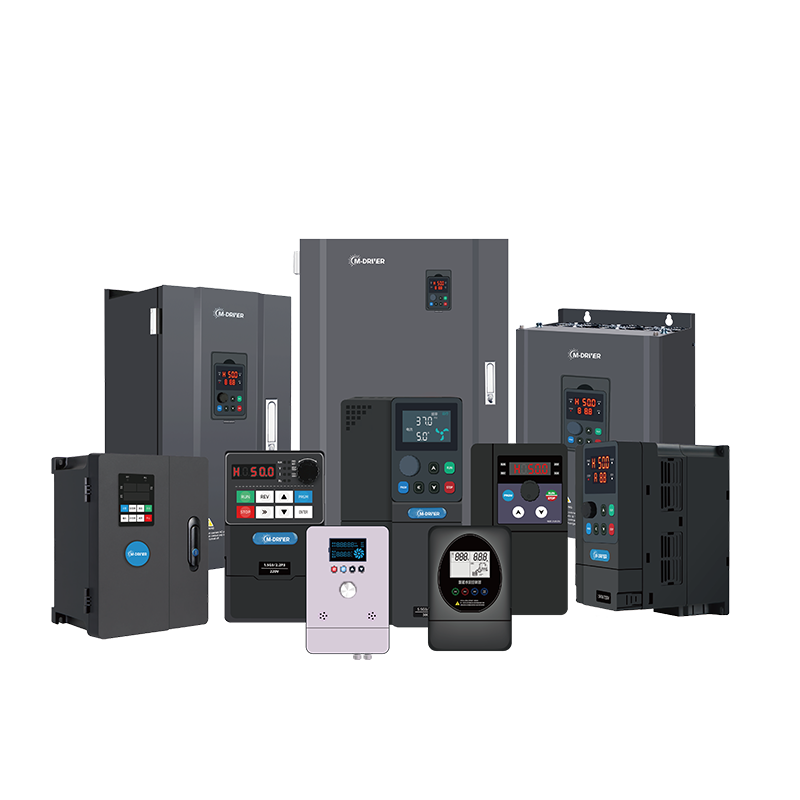The unveiling ceremony of the "Pakistan China Joint R&D
Laboratory" jointly established by the Institute of Automation of
Shandong Academy of Sciences in China and Peshawar University of
Engineering and Technology in Pakistan was held on the 12th in Peshawar,
the capital of Khyber Pakhtunkhwa Province in Pakistan. The project
will play a leading role in the field of agricultural automation in
Pakistan.
It is understood that agriculture plays
an important role in the domestic economy of Pakistan, but currently
faces problems such as extensive production methods, outdated
agricultural production facilities, and low levels of automation. After
the establishment of the China Pakistan Joint R&D Laboratory,
researchers from both countries will jointly develop equipment such as
intelligent sprayers, intelligent harvesters, and intelligent stackers
to promote the industrialization of intelligent agricultural machinery
in Pakistan and enhance the level of agricultural automation in
Pakistan.
Zhang Heqing, Cultural Counsellor of the
Chinese Embassy in Pakistan and Director of the Pakistan China Cultural
Center, stated that the establishment of the China Pakistan Joint
Research and Development Laboratory is conducive to deepening scientific
and technological exchanges between the two countries and promoting the
development of Pakistan's agricultural economy.
The
Pakistani representative attending the unveiling ceremony believes that
the China Pakistan Economic Corridor has injected momentum into the
development of Pakistan and brought benefits to the production and life
of its people. Pakistan looks forward to continuing to work together
with China to deepen scientific and technological exchanges between the
two countries.
The key to agricultural irrigation
is the application of water resources, and automatic irrigation systems
are indispensable. The traditional water supply method occupies a large
area, requires a lot of infrastructure investment, is prone to water
pollution, and the main disadvantage is that the water pressure cannot
be kept constant. The application of automatic irrigation not only saves
manpower and material resources, but also effectively saves a large
amount of water resources.
Advantages of water pump frequency converter in agricultural irrigation system
1. Energy saving: Optimized energy-saving control software enables the water pump to operate with maximum energy efficiency.
2.
Water saving: Set the pipe network pressure according to the actual
water usage situation, automatically control the water pump output, and
reduce water leakage and seepage.
3. Reliable operation: The
soft start of the pump is achieved by a frequency converter, allowing
the pump to switch from power frequency to frequency conversion without
impact, preventing pipeline impact, avoiding pipeline pressure exceeding
the limit, and preventing pipeline rupture.
4. Intuitive pressure monitoring: real-time monitoring of given pressure and feedback pressure.
5. Flexible control: segmented water supply, timed water supply, manual selection of working mode.
6.
Complete self-protection function: If a pump malfunctions, it will
actively send an alarm message to the upper computer and start the
backup pump to maintain water supply balance. If the self-control system
malfunctions, users can directly operate the manual system to protect
the water supply.
7. Shutdown protection when there is no
water: Setting protection when there is no water can prevent the water
pump from being damaged due to emptying.
8. Intelligent
switching of frequency converter: Two water pumps can be controlled by
one frequency converter for switching, without the need for an external
controller.
9. Intelligent maintenance of stable water pressure: The frequency converter is equipped with PID control and sleep function to achieve constant and stable water supply pressure.





